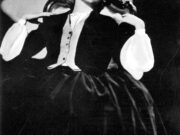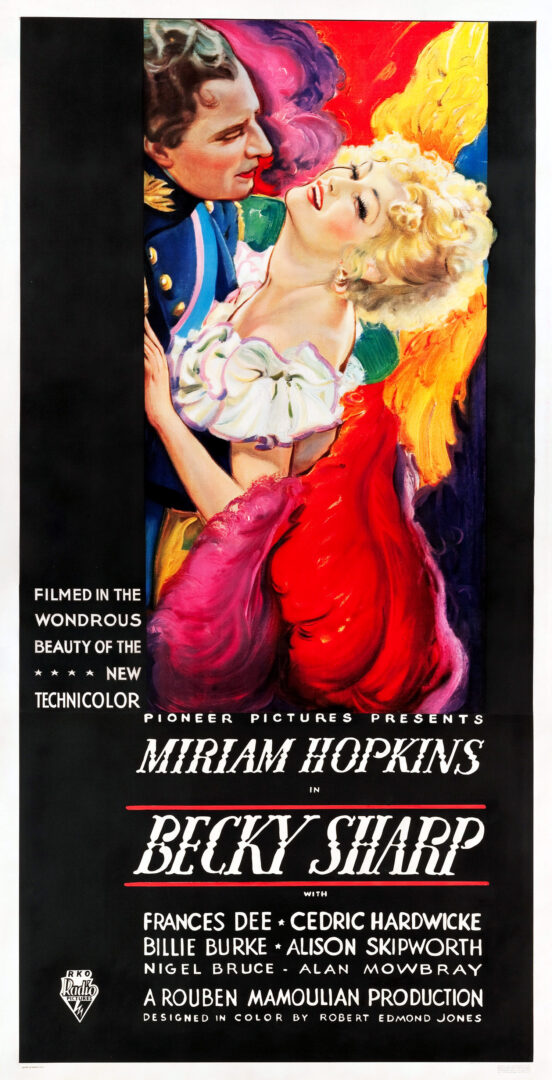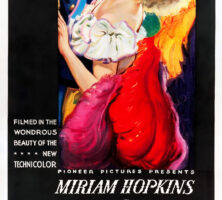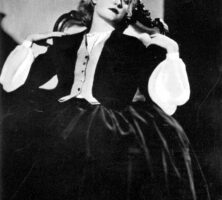Georgia-born actress Miriam Hopkins appeared in thirty-six full-length films over the course of a four-decade career that reached its height in the 1930s. Her performance in the title role of Becky Sharp (1935), the first full-length color film, earned her an Oscar nomination for best actress. Hopkins also performed numerous stage roles, and in the 1950s and 1960s she appeared in a variety of dramatic roles on television.
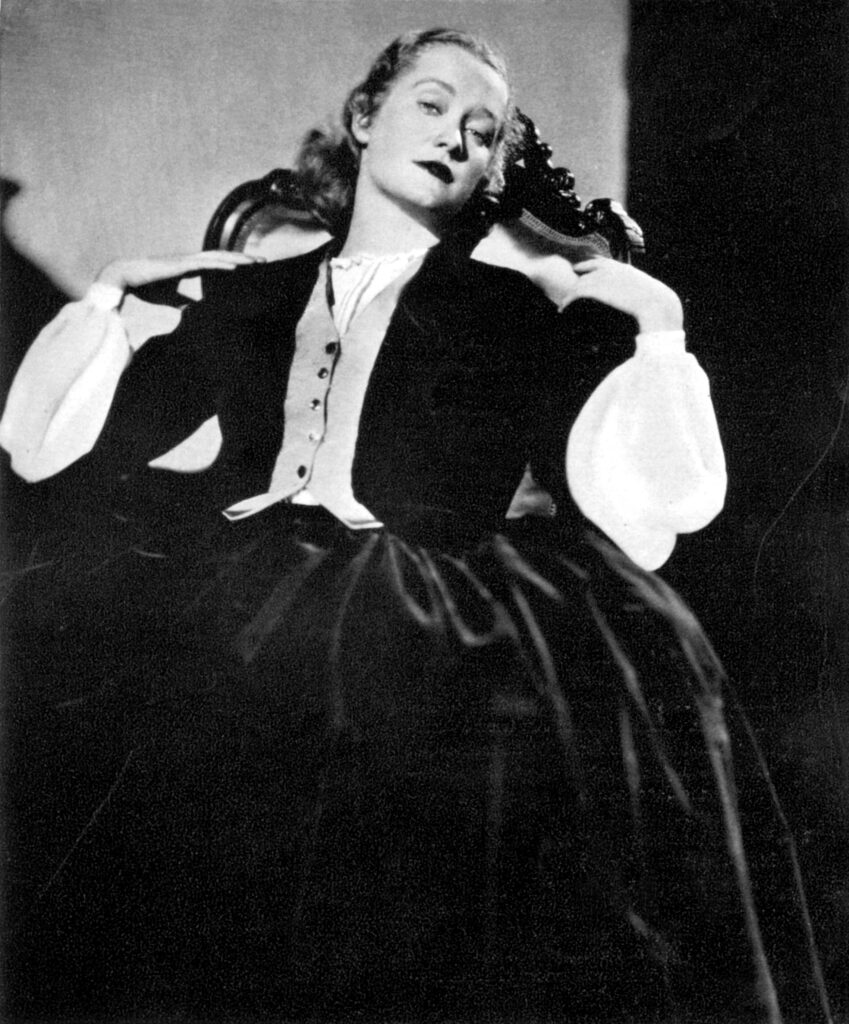
Image from Wikimedia
Ellen Miriam Hopkins was born in Savannah on October 18, 1902, to Ellen Cutter and Homer A. Hopkins. As a child she moved to Bainbridge with her mother and sister after her parents divorced. Her maternal great grandfather, the fourth mayor of Bainbridge, helped found the town’s Episcopal church, where Hopkins sang in the children’s choir.
The family moved from Bainbridge to New York at the suggestion of Hopkins’s uncle, her mother’s twin brother and a wealthy businessman who provided support to the family after her parents’ divorce. The move allowed Hopkins to receive an excellent high school education; she graduated from Vermont’s Goddard Seminary, where she studied music and participated in several plays.
After completing high school, Hopkins danced with the Leboska Dance Troupe until she broke her ankle. She then took up acting and traveled for two years performing vaudeville acts. In 1921, at age twenty, the petite Hopkins debuted on Broadway as a chorus girl in Irving Berlin’s Music Box Revue. She received her first feature film role in 1930, when she was almost thirty, in Paramount Studio’s Fast and Loose. Hopkins soon found steady work in major Hollywood productions. Significant roles for Paramount included those in Dr. Jekyll and Mr. Hyde (1931); Design for Living (1933), based on the play by Noel Coward; and The Story of Temple Drake (1933), an adaptation of William Faulkner’s novel Sanctuary, in which she played the lead. In 1935 she gave an Oscar-nominated performance in Becky Sharp, an adaptation of William Makepeace Thackeray’s novel Vanity Fair.
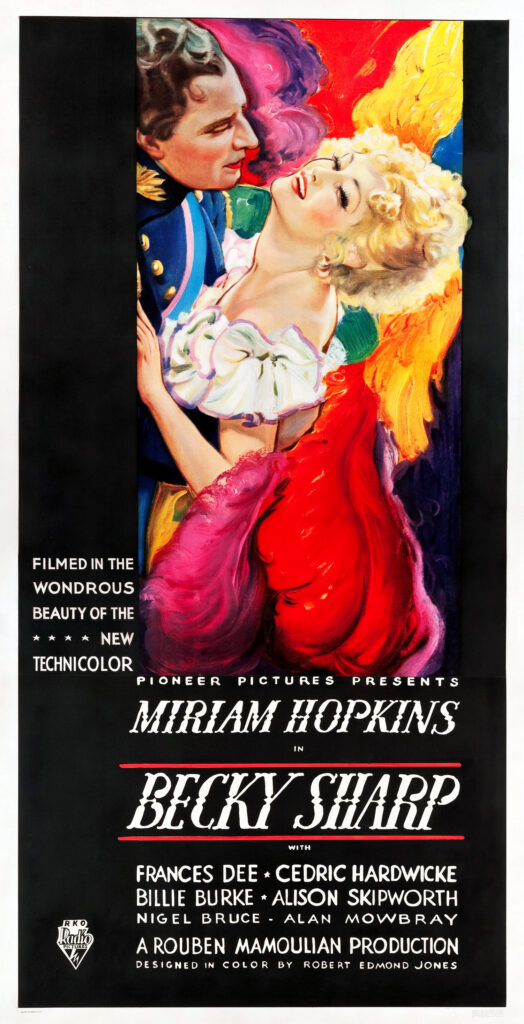
Image from Wikimedia
Hopkins went on to work for Samuel Goldwyn Productions and Warner Brothers. In 1936 she appeared in Goldwin’s These Three, based on Lillian Hellman’s play The Children’s Hour. With her southern accent and Georgia roots, Hopkins was disappointed to be passed over for the role of Scarlett O’Hara in the film Gone With the Wind (1939), based on the novel by fellow Georgian Margaret Mitchell. She costarred with Bette Davis in two successful Warner Brothers’ pictures, The Old Maid (1939) and Old Acquaintance (1943), but finding herself less in demand in Hollywood during the 1940s, she returned frequently to the Broadway stage. Among her later memorable film work were supporting roles in The Heiress (1949), Carrie (1952), and in 1961 a second version of The Children’s Hour.
Hopkins was married four times, to actor Brandon Peters, author and aviator Austin Parker, Russian-born film director Anatole Litvak, and war correspondent Raymond B. Brock; all of her marriages ended in divorce. She had one son, Michael, and a grandson, Tom, a naval officer.
Hopkins died of a heart attack in New York City on October 9, 1972, and was buried in Bainbridge’s Oak City Cemetery on Webster Street.


